Modern Secret Garden House with a Private Courtyard
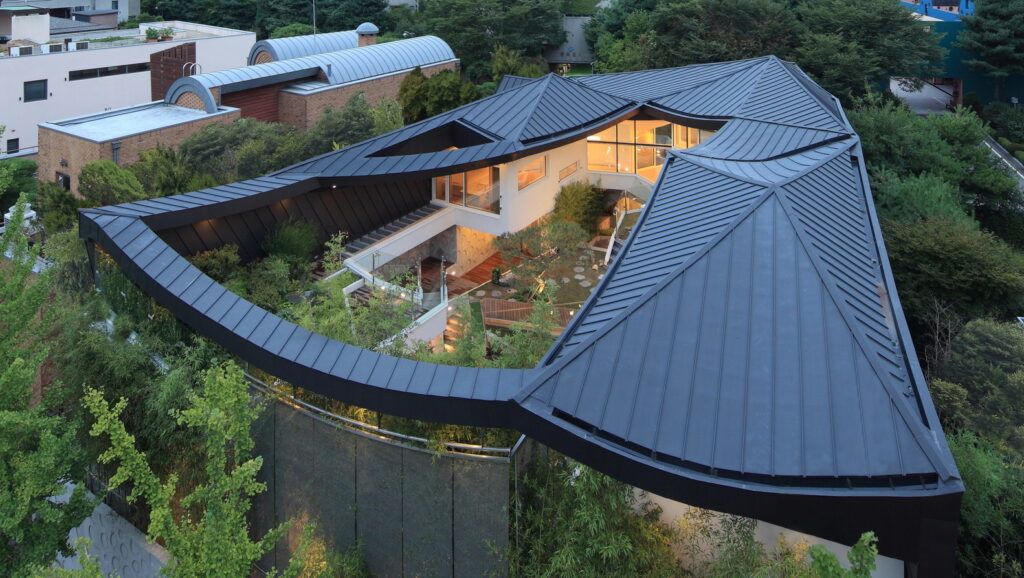
Fusing modern function and aesthetics with traditional Korean style, this stunning residence in Gangnam features a vast interior courtyard partially covered by a cantilevered roof. The secret garden feel satisfies the needs of an owner who wanted fresh air and an open feel while maintaining privacy, making use of land reclaimed from a demolished structure. Meandering through the home is like getting lost on a wooded path, with interior spaces leading to the outside and back again.

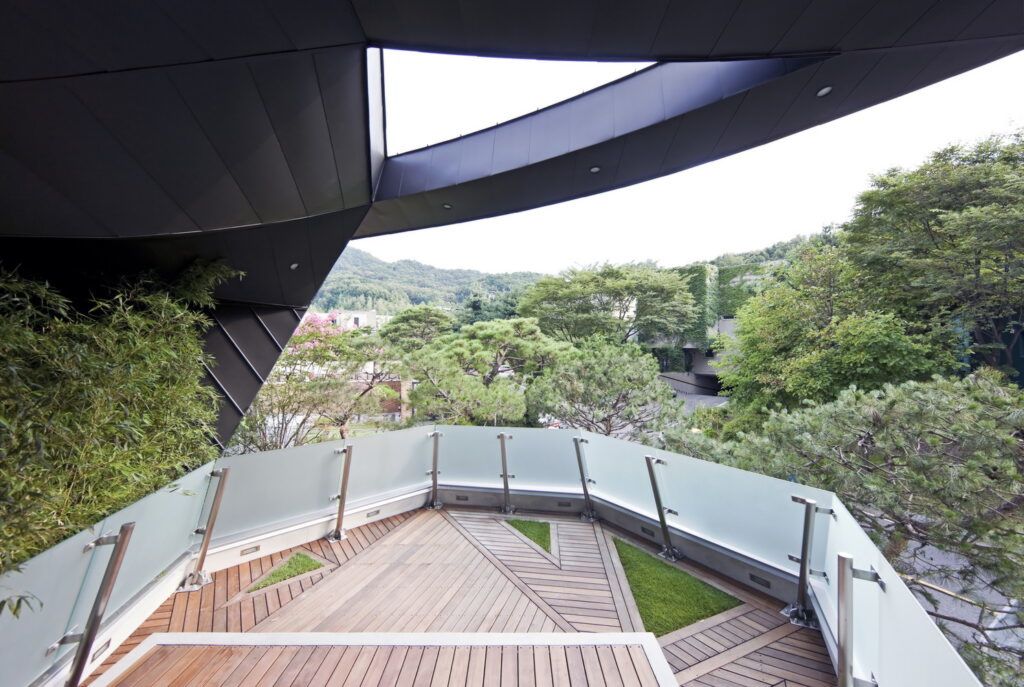
Ga on Jai Jouse by Iroje KHM Architects was built about twenty years ago for a housing expo in the city, and incorporates four traditional Korean architectural elements: the use of ‘ru’ pillars, the ‘madang’ inner court, the ‘cheoma’ cantilevered roof and the ‘doldam’ stone masonry wall.

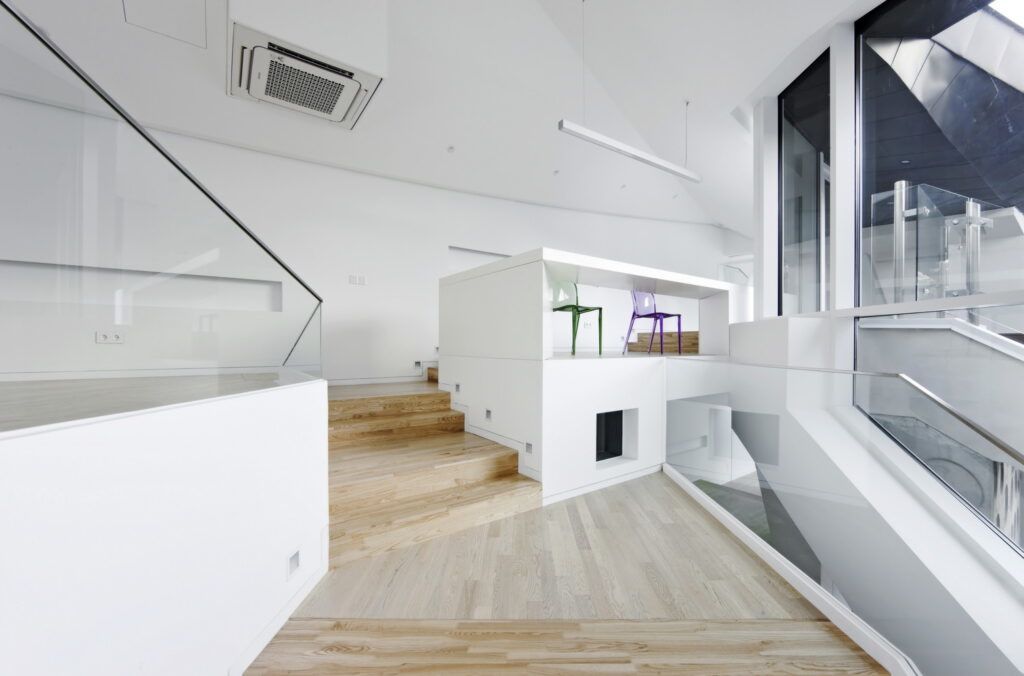
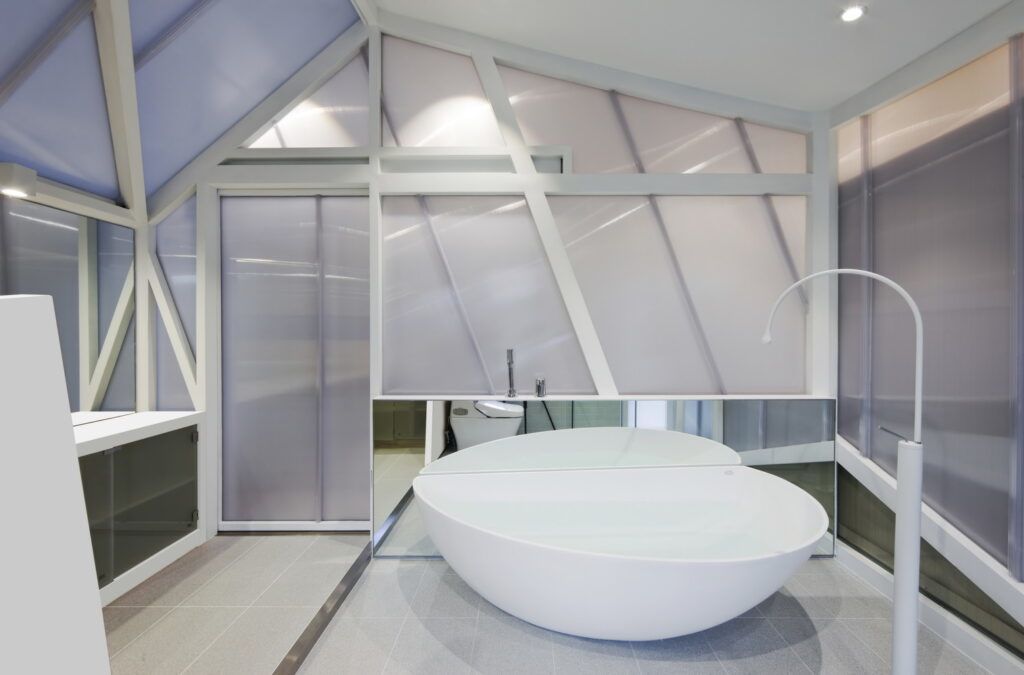
The pillars raise part of that cantilevered black roof to provide scenic views of the mountains without sacrificing the sense of disconnectedness from the outside world. Both the interior and exterior spaces of the home are arranged on various levels, including half-levels, creating rooftop gardens and tucked-away spaces.
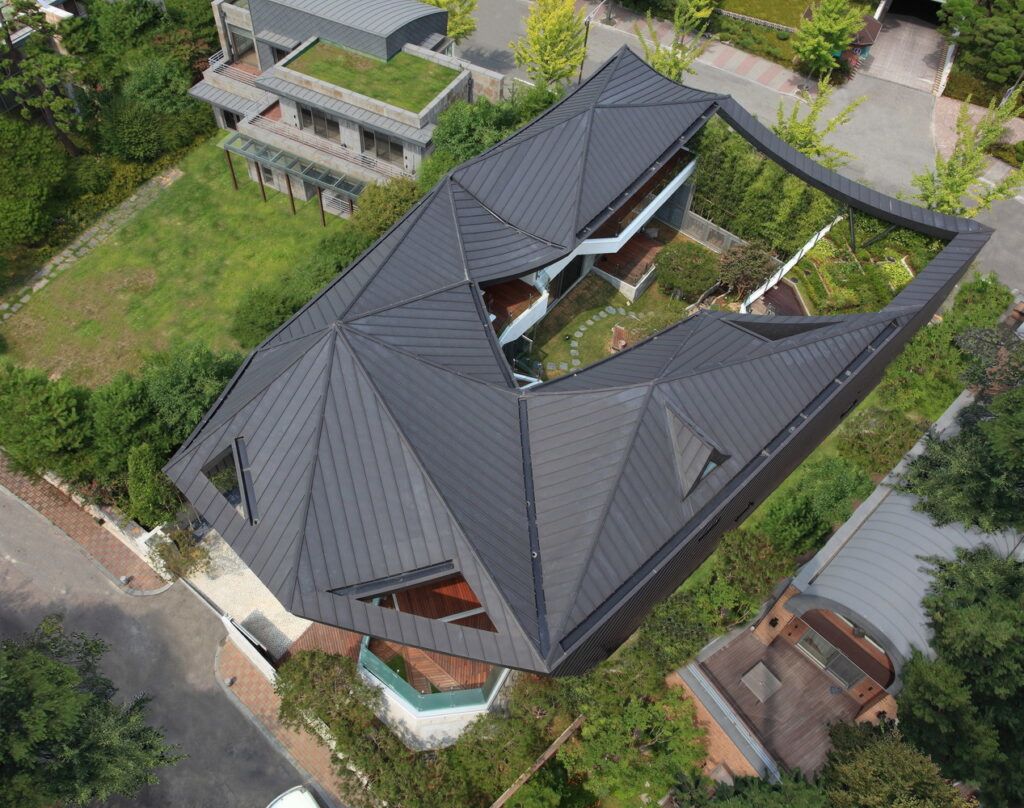
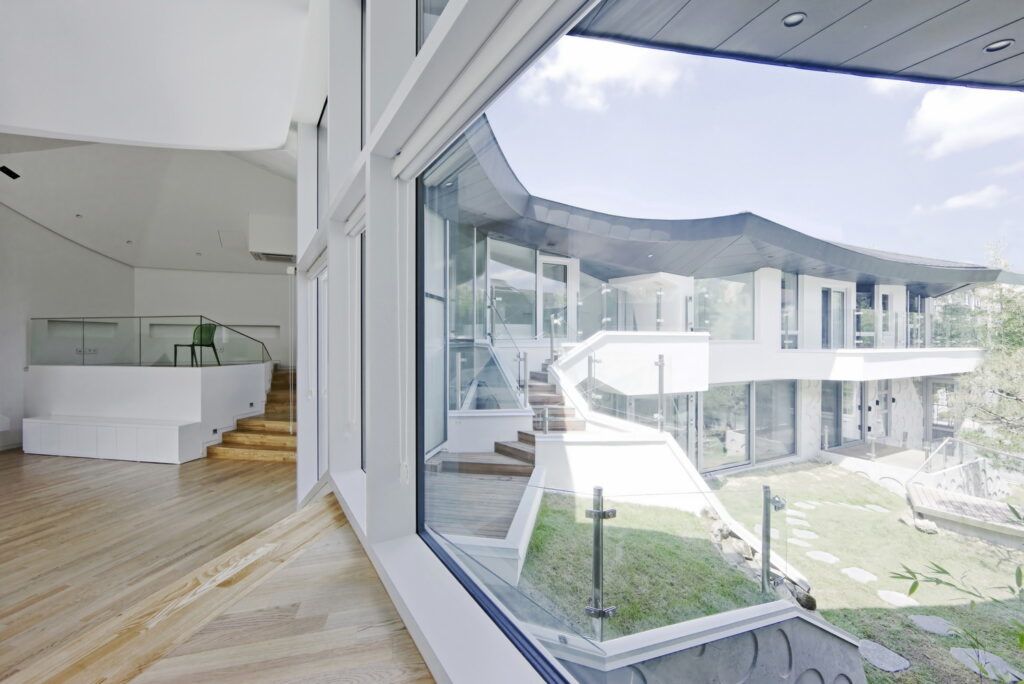
Each of the interior rooms has direct access to the outside, whether through terraces or glass walls that open to the air. Connection to the garden and all of its greenery is always maintained and emphasized. White stucco, exposed concrete and black steel provide a neutral palette against which the rich greens, pinks and purples of the garden can bloom.
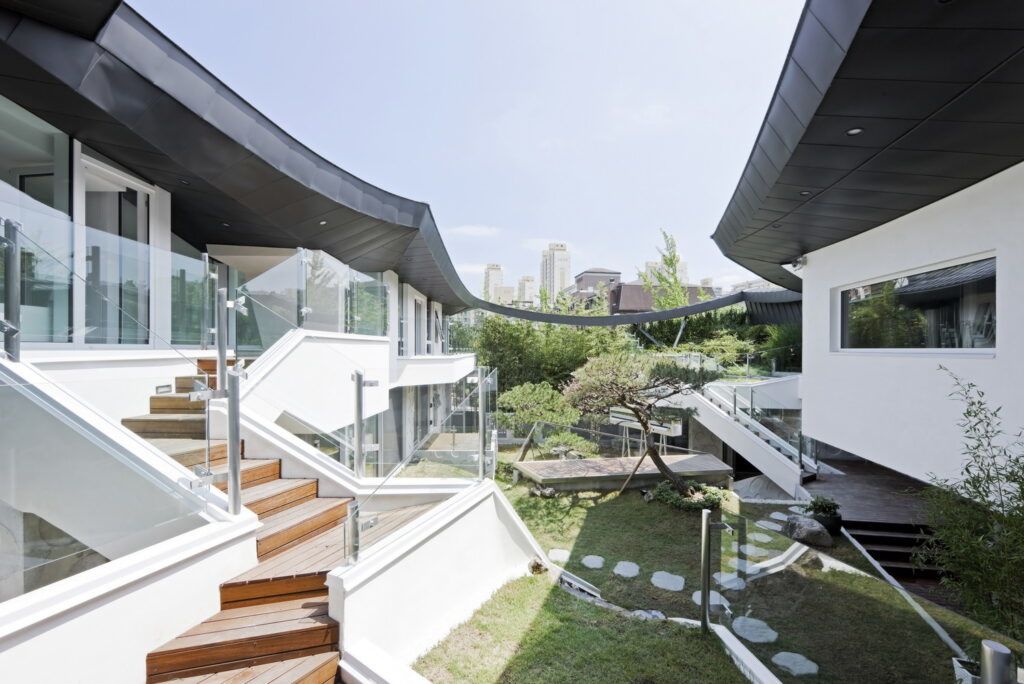

About the architects:
“IROJE KHM Architects was established in 1989 in Korea, which sustains the legitimacy and purity of architecture and makes attempts to restore the identity of urban architectural culture in Korea in this age where blind westernization is inherited. To this end, IROJE KHM Architects explores and researches the traditional nature of Korean architecture both in the past and in the modern times to establish unique and distinguished identity of urban architectural culture of Korea, through which IROJE KHM Architects is intended to find the meaning of its work in realizing the existence of Korean architectural culture in the world.”